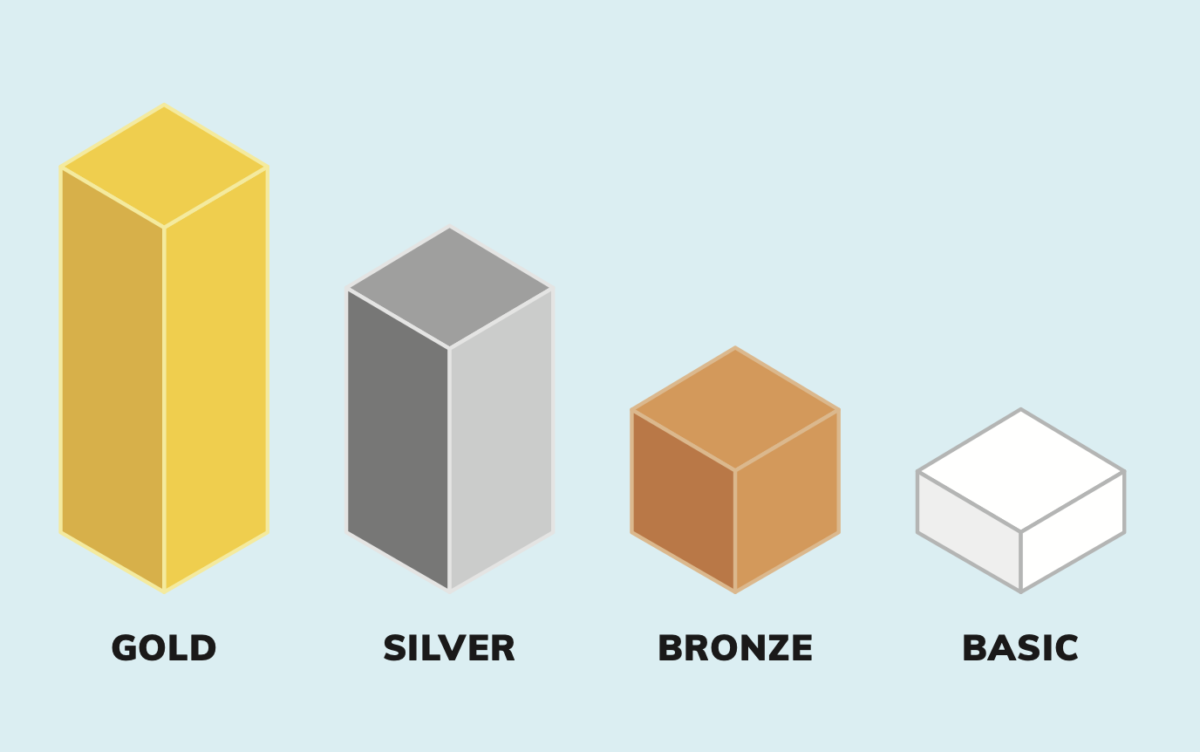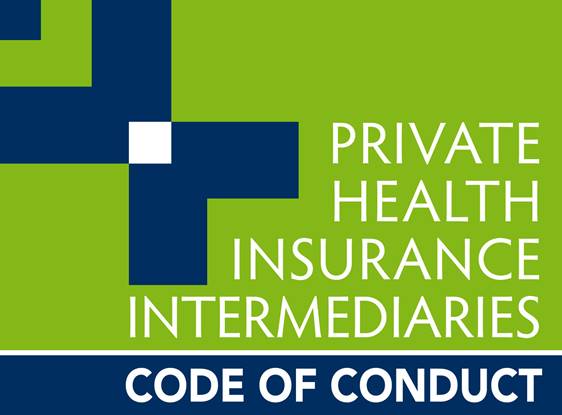- A new year often serves as a catalyst for personal transformation, prompting you to set health goals that extend beyond mere resolutions. In the pursuit of optimal health, it is crucial to choose resolutions that not only enhance your overall health but are also sustainable for the long haul. In this month’s Blog we’ve given you 21 New Year’s resolutions that not only contribute to overall well-being but can be seamlessly incorporated into daily life. Some of these recommendations can be put into place with the assistance of your private health cover.
1. Prioritise Whole Foods:
- Whole foods, including vegetables, fruits, nuts, seeds, whole grains, and fish, provide essential nutrients crucial for optimal body function.
- Research supports that a whole-foods-based diet significantly reduces heart disease risk factors, body weight, and blood sugar levels.
- Begin by gradually incorporating more whole foods into your diet, making it a sustainable lifestyle change.
2. Embrace Active Living:
- Combat the adverse effects of prolonged sitting by resolving to move more throughout the day.
- Tailor this resolution to your lifestyle, such as incorporating short walks during work breaks or committing to regular physical activity that aligns with your interests and time.
3. Reduce Sweetened Beverage Intake:
- Acknowledge the health risks associated with sugary drinks, including obesity, fatty liver, and heart disease.
- Gradually minimise the intake of sugary drinks to break the habit, promoting sustained improvements in overall health.
4. Prioritise Quality Sleep:
- Recognise the vital role of sleep in overall health, with insufficient sleep linked to weight gain, heart disease, and depression. It’s crucial to get at least 7-8 hours of uninterrupted sleep per night.
- Focus on lifestyle adjustments, such as reducing screen time before bed and establishing a consistent sleep schedule.
5. Find Physical Activities of Interest:
- Instead of succumbing to the allure of pricey gym memberships, choose physical activities based on personal enjoyment and convenience. If you take a vested interest in the activity – you are more likely to stick to it.
- Set realistic goals to ensure new exercise routines become lasting habits, enhancing the likelihood of success. Look into what benefits you can claim through your private health cover, often you can claim back gym membership and more.
6. Prioritise ‘Me Time’ and Self-Care:
- Acknowledge the importance of self-care for optimal health, especially if your lifestyle is busy.
- Make deliberate plans for self-care activities, even if they are simple, to foster a healthier work-life balance.
7. Cook More Meals at Home:
- Embrace the benefits of home-cooked meals, which are associated with better diet quality and lower body fat.
- Gradually increase the frequency of home-cooked meals to make a lasting impact on your overall health.
8. Spend More Time Outdoors:
- Leverage the positive effects of outdoor activities on stress relief, mood elevation, and blood pressure reduction.
- Incorporate nature into your routine through activities like walking, hiking, or simply enjoying your local park.
9. Limit Screen Time:
- Acknowledge the potential negative impacts of excessive screen time, particularly on mental health.
- Set a resolution to reduce time spent on electronic devices, fostering improved mood and increased productivity.
10. Embrace Meditation:
- Recognise the evidence-based benefits of meditation for mental well-being, particularly for anxiety and depression.
- Explore various meditation practices through books, podcasts, or apps, making it an achievable and sustainable resolution.
11. Reduce Reliance on Convenience Foods:
- Acknowledge the adverse health effects of frequent consumption of convenience foods.
- Commit to preparing more meals at home using nutritious ingredients, gradually shifting away from processed options.
12. Reconsider Dieting Approaches:
- Understand the detrimental effects of chronic dieting on physical and mental health.
- Shift focus to a sustainable approach, emphasising increased physical activity and healthier food choices over restrictive fad diets.
13. Regular Grocery Shopping:
- Make a resolution to visit the supermarket regularly, ensuring a well-stocked pantry with nutritious ingredients. Check out your extras policy with your private health cover, you may have cover to visit a nutritionist to start you on your new year’s health goals.
- Designate a specific day each week for grocery shopping to prioritize a diet centered around wholesome foods.
14. Increase Fresh Food Consumption:
- Incorporate more fruits and vegetables into your diet, benefiting overall health and protecting against various illnesses.
- Explore diverse cooking methods to make produce a flavorful and integral part of your meals.
15. Moderate Alcohol Consumption:
- Acknowledge the impact of excessive alcohol consumption on health and wellness goals.
- Set achievable limits, such as drinking only on weekends or adhering to a weekly drink limit, fostering a healthier relationship with alcohol.
16. Practice Mindfulness:
- Recognise the positive impact of being present on life satisfaction and psychological health.
- Incorporate simple mindfulness practices, such as reducing phone usage and actively engaging with your surroundings, into your daily routine.
17. Prioritise Holiday Time:
- Acknowledge the immediate positive effects of vacations on stress levels and overall well-being.
- Make a resolution to take regular breaks, whether short getaways or staycations, fostering a healthier work-life balance.
18. Explore New Hobbies:
- Rediscover the joy of hobbies, as research indicates their positive impact on longevity and overall health.
- Commit to trying out a new hobby or reviving an old one to add joy and fulfillment to your life.
19. Promote Positive Body Image:
- Recognise the detrimental effects of negative body talk on self-esteem and body satisfaction.
- Resolve to engage in positive self-talk regularly, fostering a healthier relationship with your body and encouraging a positive environment for others.
20. Regular Health Check-ups:
- Prioritise regular visits to your GP for check-ups, screenings, and necessary blood work.
- Tailor the frequency based on your age, medical history, and the type of medical care you require.
21. Maintain Oral Health:
- Sustain oral health by committing to regular brushing, flossing, and dental check-ups. If you have an extras policy with your private health cover, you will be entitled to a yearly dental check-up.
- Recognise the potential associations between gum disease and serious health conditions like Alzheimer’s and heart disease.
While New Year’s resolutions often wane with time, these 20 resolutions are designed to create lasting improvements in both physical and emotional health. By fostering a healthier relationship with food, prioritising self-care, and incorporating sustainable habits into daily life, this year and the years to come can be the healthiest and happiest possible. Look into the benefits you can claim through your private health cover to help you on your health journey.
Talk to us today to compare private health cover that’s best for you – call on 1300 861 413 or email hello@health.compare




























































